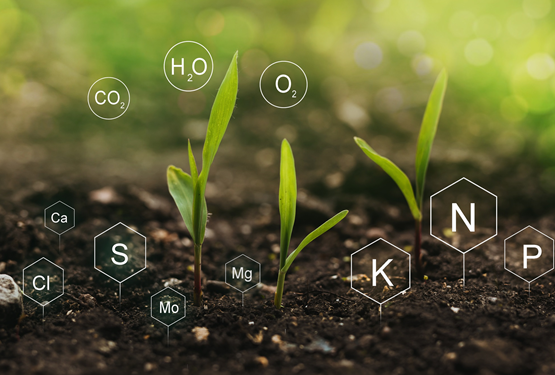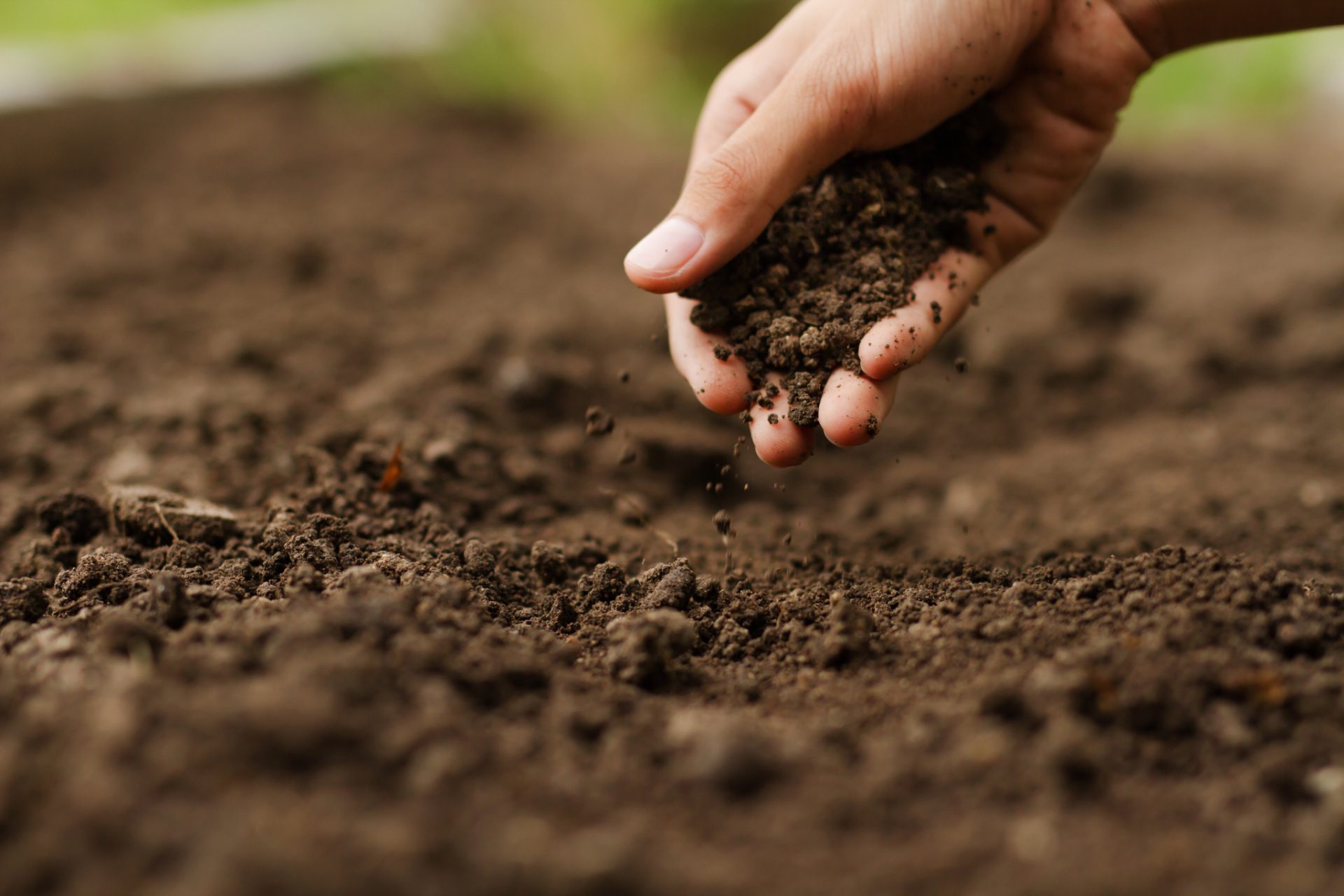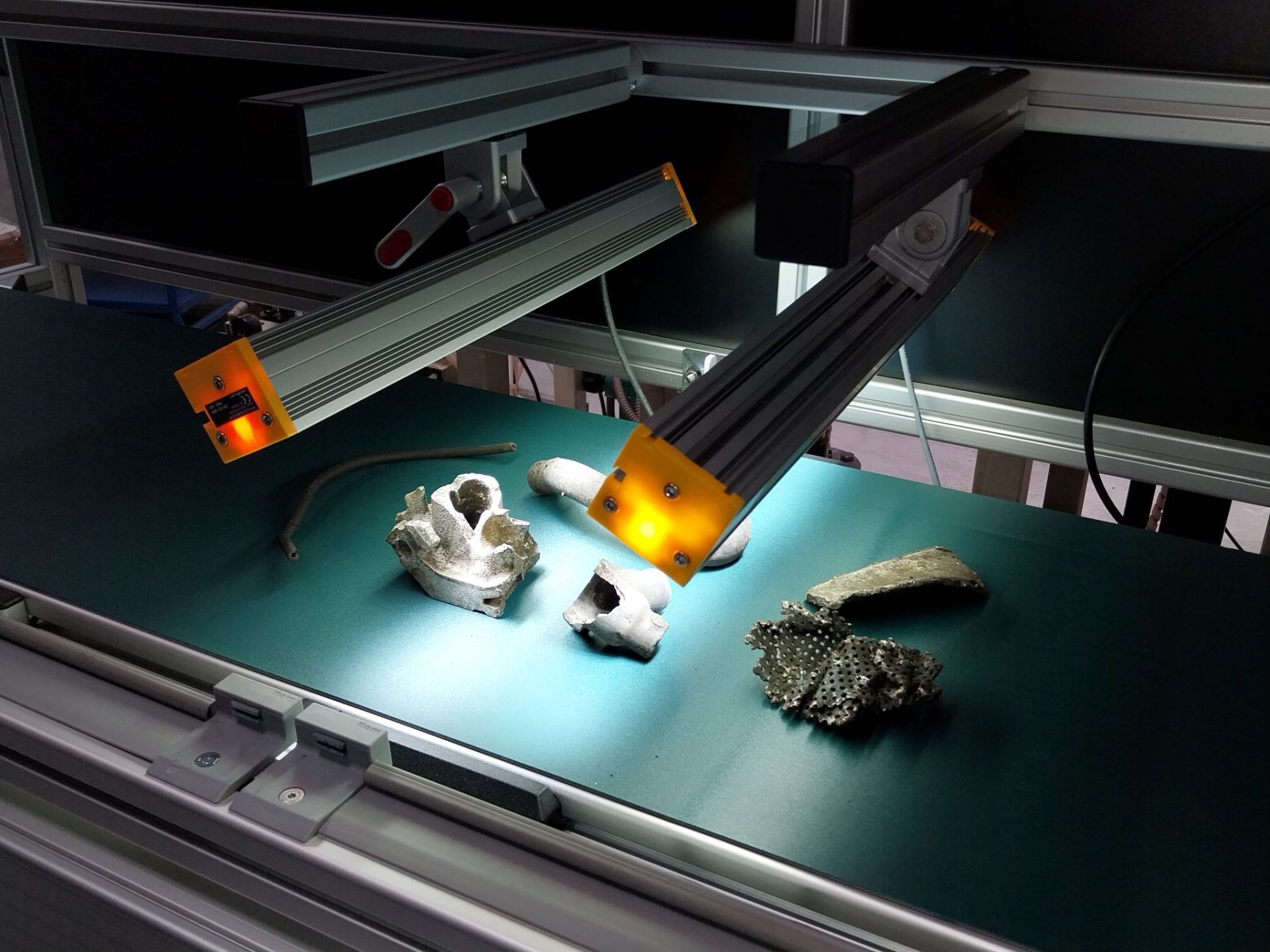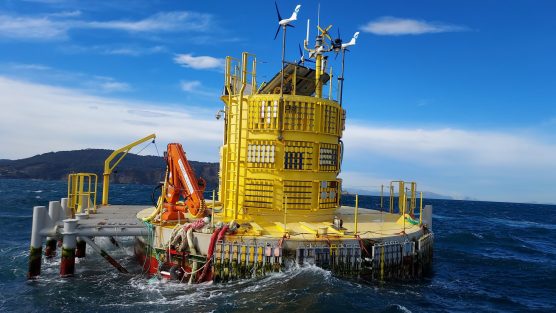A citizen-accessible web application for sustainable soil assessment and management

NEIKER has developed the LURZAIN solution to monitor soil health in a more systematised way.
The measurements taken through the platform will not only provide useful information, but will also contribute from participatory science to the continuous monitoring and detailed recording of soil health in the Basque Country.
The application is part of the URBANKLIMA 2050 programme, promoted by the European Union, which aims to promote projects that mitigate and/or adapt to the effects of climate change.
Among the many actions carried out, there is one aimed at promoting the commitment and empowerment of the population.
Soil is an essential resource for the balance of ecosystems. It acts as a support for vegetation, allowing plants and crops to grow, and also plays a crucial role in regulating the water cycle, facilitating infiltration and storage, helping to prevent floods and droughts. It is therefore essential to maintain soil health to promote environmental sustainability and agricultural productivity, as soil degradation could lead to loss of fertility, decrease in biodiversity and cause serious environmental problems.
In this context, the NEIKER technology centre, a member of the Basque Research and Technology Alliance (BRTA), has developed LURZAIN, a participatory science web application focused on soil health assessment. This project is part of the URBANKLIMA 2050 programme, promoted by the European Union, which seeks to promote projects that mitigate or adapt to the effects of climate change.
Specifically, the solution aims to provide anyone interested with a tool that allows them to easily assess the state of health of their soil, providing them with the necessary parameters for its sustainable management.
To do so, NEIKER has based itself on the experience acquired over more than a decade through the Soil Health Cards, a system focused on knowing the state of soil ecosystems. “We have adjusted and refined a proposal of 12 specific measurements that are applied in LURZAIN, such as the extraction of a block of soil to count the number of earthworms, organisms that perform crucial functions such as the decomposition of organic matter or the improvement of soil structure,” explains Lur Epelde, researcher at NEIKER’s Natural Resources Conservation Department.
To improve the accuracy and efficiency of the measurements, the centre, in collaboration with the James Hutton Institute in Scotland, has moved towards digitisation by incorporating an innovative measurement that uses a mobile phone to take images, together with neural network models that estimate key soil properties such as organic matter, texture and pH.
In this way, LURZAIN organises these 12 measurements into five fundamental soil functions for sustaining life on Earth: plant production, biodiversity promotion, water regulation, fertility maintenance and carbon sequestration.
Evaluation of practices
Through the data obtained, the solution generates a comparative diagnosis with a comprehensive database. This functionality not only provides an up-to-date view of the state of the soil, but also allows a historical record to be established by repeating the measurements year after year.
“This record makes it easy to observe how any changes in soil management, whether agricultural interventions, conservation practices or environmental variations, can influence soil health over time. This is crucial for assessing the effectiveness of sustainable management practices and for making informed decisions aimed at conserving and improving natural resources,” says the centre’s researcher.
Active participation of citizens
The solution is designed to be used without the need for specialised laboratories, following simple instructions. In order to promote its use, NEIKER plans to organise periodic courses and provide kits with the necessary materials to carry out the measurements with the aim of involving different audiences, from professionals in the agricultural field to students and citizens interested in the health of their environment.
The best example in this sense is the collaboration carried out with the Environmental Studies Centre of Vitoria-Gasteiz, which coordinates the “Citizen Science Participation Network” of its municipality, which includes the “Soil Conservation Programme” since 2018. During these years, in this programme, measurements have been carried out in more than 350 plots, which has provided the experience to be able to launch LURZAIN now. And they are being the first to test LURZAIN.
In addition to providing useful information to each user, it also encourages active participation in the monitoring of soil health in the Autonomous Community of the Basque Country (ACBC) through citizen science. In this respect, Epelde points out that “each measurement taken will be integrated into an interactive map available at www.lurzain.eus, contributing to the creation of a detailed and complete record of soil health in the region”.




